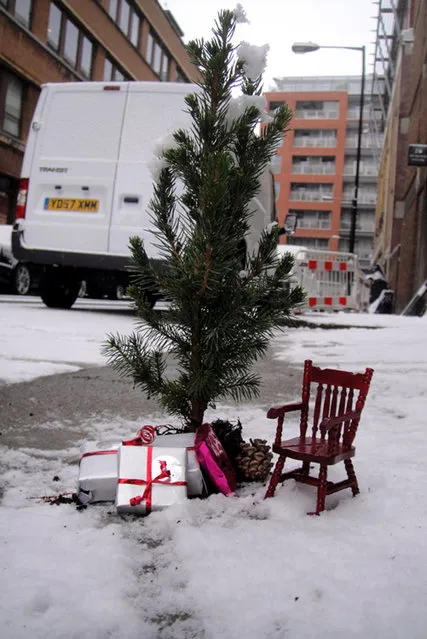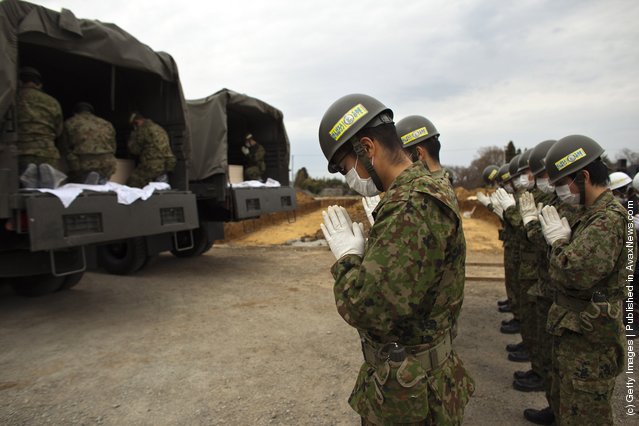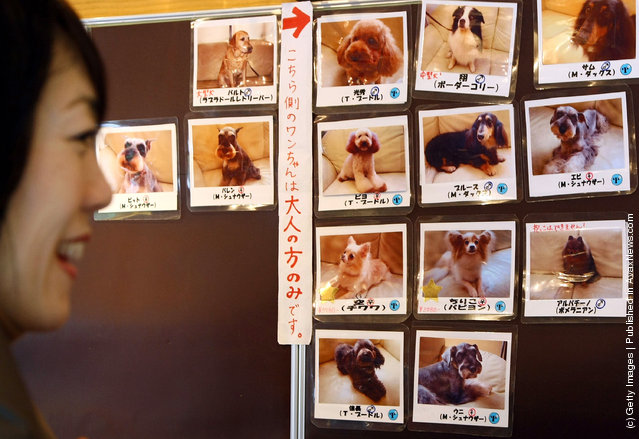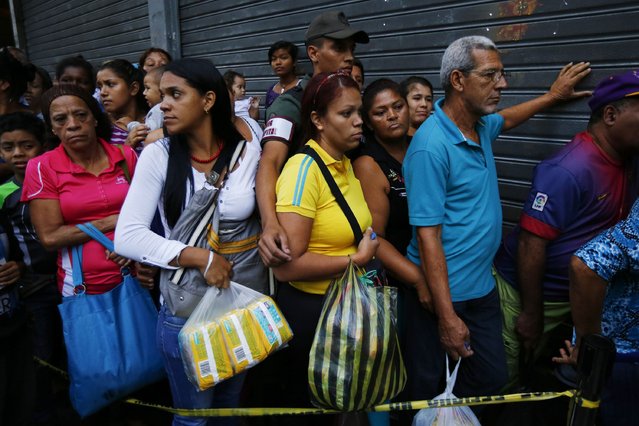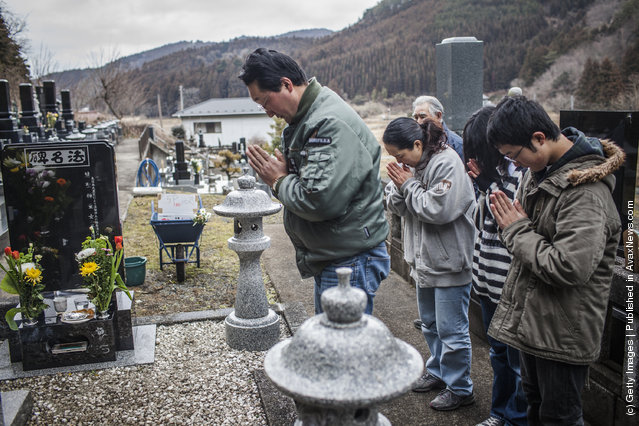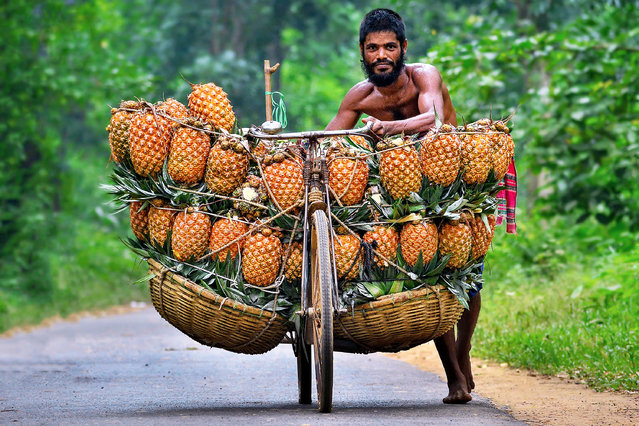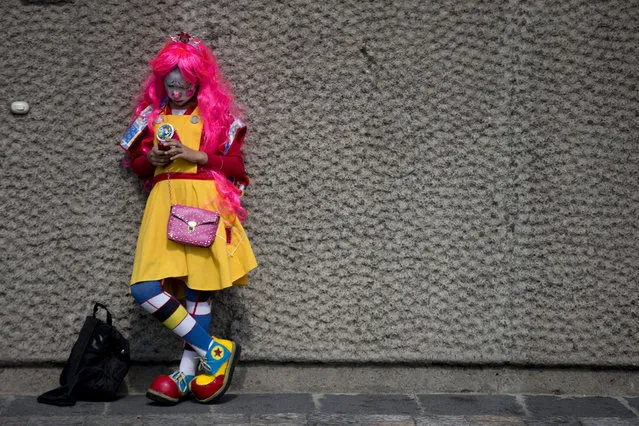
A clown checks her phone as she waits outside the Basilica of Our Lady of Guadalupe, in Mexico City, Monday, December 14, 2015. Hundreds of clowns belonging to various clown associations made their annual pilgrimage to the Basilica on Monday to pay their respects to the Virgin of Guadalupe, Mexico's patron saint. (Photo by Rebecca Blackwell/AP Photo)
16 Dec 2015 08:05:00,post received
0 comments

